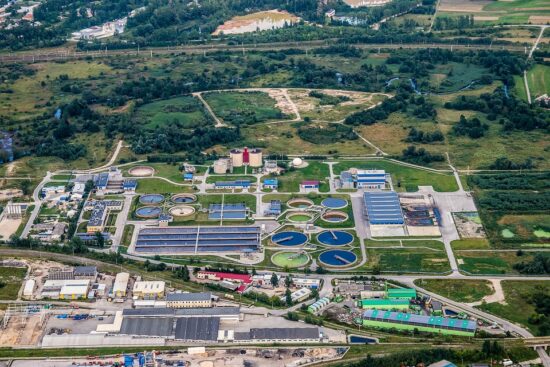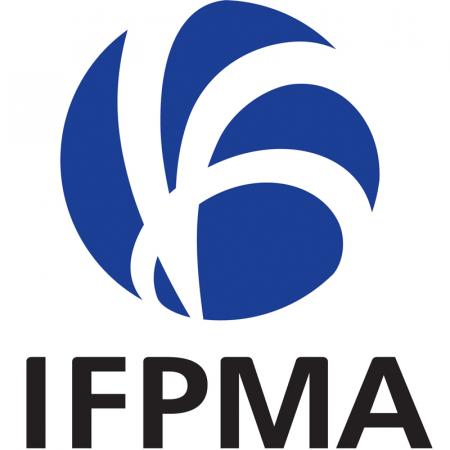The interplay between antimicrobial resistance genes and emerging contaminants in wastewater treatment plants: Key players in One Health
Wastewater treatment plants (WWTPs) are emerging as critical hotspots for antimicrobial resistance (AMR), acting both as sources and sinks of antibiotics and other environmental contaminants. This review highlights that sulfonamide (sul) and tetracycline (tet) resistance genes are the most abundant in WWTPs, while fluoroquinolones, macrolides, and sulfonamides are the most frequently detected antibiotic residues in treated effluents.
Interactions between antibiotics, microplastics, and heavy metals promote the spread of antimicrobial resistance genes (ARGs) through co-selection, cross-resistance, and co-resistance mechanisms.
The study underscores the need for active AMR surveillance in WWTPs, using tools like quantitative PCR (qPCR) and next-generation sequencing (NGS), to better monitor and mitigate the environmental drivers of AMR and protect global public health within a One Health framework.
AMR NEWS
Your Biweekly Source for Global AMR Insights!
Stay informed with the essential newsletter that brings together all the latest One Health news on antimicrobial resistance. Delivered straight to your inbox every two weeks, AMR NEWS provides a curated selection of international insights, key publications, and the latest updates in the fight against AMR.
Don’t miss out on staying ahead in the global AMR movement—subscribe now!






